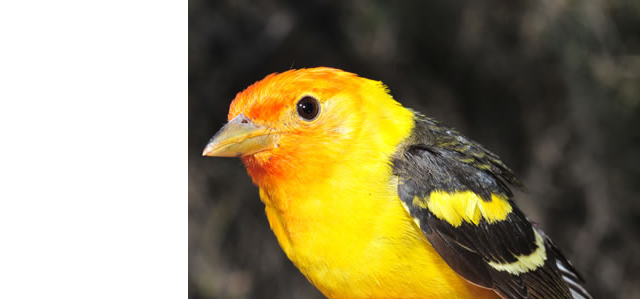
Biology Faculty & Staff Publications
Document Type
Article
Publication Date
1-1-1982
Abstract
Some simple stochastic models of optimal foraging are considered. Firstly, mathematical renewal theory is used to make a general model of the combined processes of search, encounter, capture and handling. In the case where patches or prey items are encountered according to a Poisson process, the limiting probability distribution of energy gain is found. This distribution is found to be normal and its mean and variance are specified. This result supports the use of Hollings disc equation to specify the rate of energy intake in foraging models. Secondly, a model based on minimization of the probability of death due to an energetic shortfall is presented. The model gives a graphical solution to the problem of optimal choices when mean and variance are related. Thirdly, a worked example using these results is presented. This example suggests that there may be natural relationships between mean and variance which makes solutions to the problems of 'energy maximization' and 'minimization of the probability of starvation' similar. Finally, current trends in stochastic modeling of foraging behavior are critically discussed.
Publisher
Behavioral Ecology and Sociobiology
Volume
10
First Page
215
Last Page
263
Language (ISO)
English
Keywords
optimal foraging, stochastic models
Recommended Citation
Behavioral Ecology and Sociobiology 10:215-263



